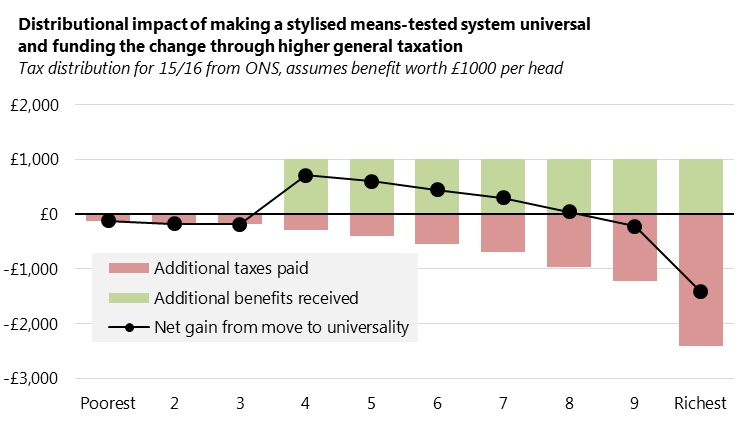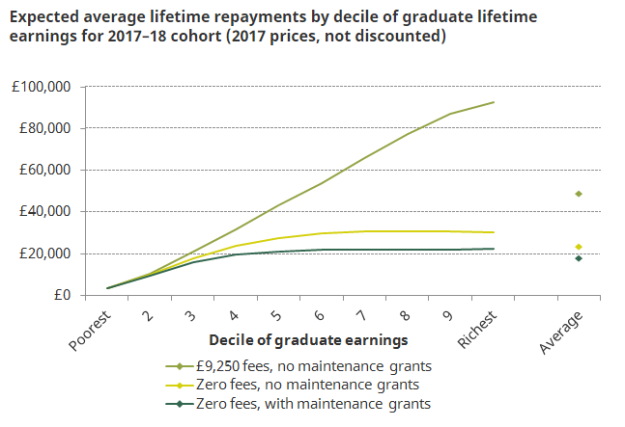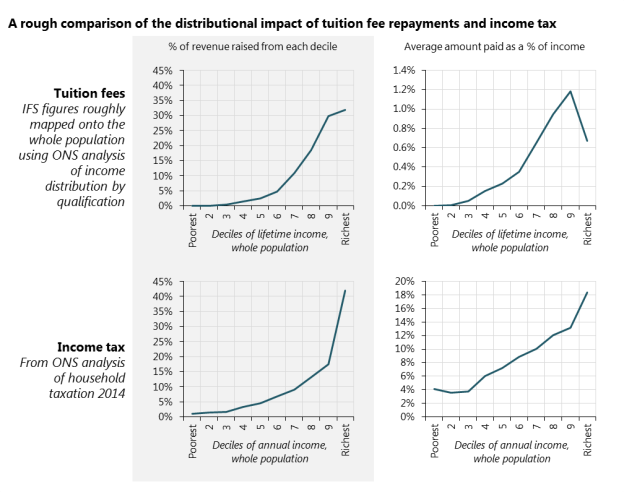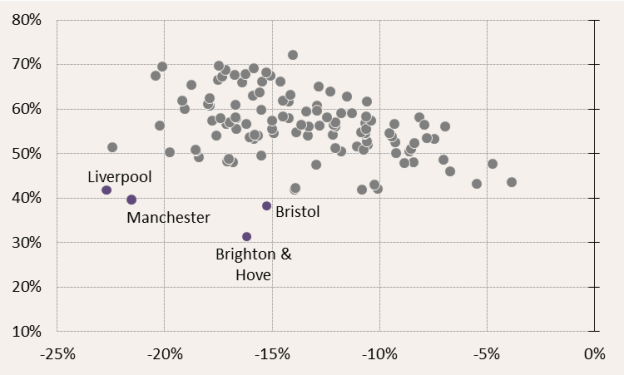“To be clear,” wrote Richard Murray and Siva Anandaciva last year in the Health Service Journal (The Wretchedness of NHS Financial Planning, July 2023 [£]), “this is not fraud.” Richard was then Chief Executive of the King’s Fund, one of the country’s leading health think tanks, and Siva the Chief Analyst.
When two of the country’s leading experts on the NHS have to clarify that what they are saying does not constitute an allegation of fraud against NHS finance directors up and down the country, we should take it as an indication that something is amiss.
Their article (which sadly is behind a paywall) describes how unrealistic demands are routinely made of NHS systems and providers, which are expected to deliver large and unspecified “efficiencies” without compromising the health care services they provide. It quotes a former local authority finance director who, on moving into the NHS, described “almost a mass collusion that doing ‘more with less’ was possible on this grand a scale.”
For the most part, NHS organisations play along with this for fear of being the first to step out of line and give NHS England the “wrong answer.” Occasionally though, one breaks cover. Another Health Service Journal article from last year [£] quoted leaders of a health system in Yorkshire openly admitting that they had changed their financial plans to say that they would break even as part of the “tactics of engaging with NHS England.” To be clear, however, this is not fraud.
Politics with different sizes of “p”
The NHS may well be the most politicised health system in the world. In a June 2022 edition of Radio 4’s The Briefing Room (18:24 onwards), Mark Pearson of the OECD identifies this as the main reason why the NHS seems to be struggling more than some other, similarly structured health systems. Politically-driven tinkering means that successive health secretaries introduce new reforms before the dust has settled on the last round. We never let anything play out and never learn what works.
Another consequence of this extreme politicisation is that unrealistic have-your-cake-and-eat-it demands come from the top. Ministers find it convenient to claim – and easy to get away with claiming – that the NHS can do more with less. Prevention, better integration of services, technology or unspecified “reform” are the balancing figure between what we want the NHS to be and the amount of money that the government is willing to spend. The problem is that prevention doesn’t save money and, despite years of trying, the NHS has still not found a replicable model of “integrated care” that delivers efficiencies. According to the Office for Budget Responsibility, in health care, “unlike most industries, technological innovations are generally cost-escalating rather than cost-containing.”
This cakeism permeates through the system. NHS England demands that health care systems and providers submit balanced financial plans, which say they will keep costs within their funding allocations. Alongside this, they are expected to manage changes in local demand for services and deliver on a range of centrally-determined priorities. The internal politics of the NHS mean that many finance directors decide that it’s better to submit a balanced plan that you are never going to stick to than be honest from the outset. NHS England knows exactly what is going on but finds it politically convenient to play along rather than call out unrealistic plans.
These politically-motivated fictions have a big impact on how the NHS is run. To understand why, we need to think about how complex systems work.
Unviable systems
In the 1980s, Stafford Beer developed the Viable System Model[1]. Starting from fundamental principles about managing complexity, the model describes how different layers of a system interact, the elements that need to be in place, and how information should be shared. If we can get our organisations working like this, they should be able to deal with complex stuff – like the health needs of a population – while being resilient to change and uncertainty.
In the model, the relationship between two layers of a system – say, between the senior management of an organisation and one of its operational divisions, or between health care commissioners and providers in one part of the country – is defined by the “resource bargain”. This describes the resources that are allocated and what is expected to be delivered in return. For example, the orthopaedic department in a hospital will be given a budget and expected to carry out a certain number of hip replacements and knee surgeries. The resource bargain defines the accountability that each part of the system has to higher levels of management. It also defines the autonomy that the department has: it can make changes to how it operates as long as it is still delivering the agreed outputs and staying within its budget.
Resource bargains in the NHS are agreed every year through the financial and operational planning process. NHS England sets financial allocations for each Integrated Care System. Annual planning guidance is published, describing priorities for the year, and this sits alongside a menagerie of longer-term plans and policies, many of which are “mandatory”. Integrated Care Boards then commission services from NHS trusts and set up contracts that say how much money each organisation will get and what it will provide in return.
The problem is that at one end of this chain of resource bargains are the claims made by ministers and at the other end is reality. Each layer of the system can choose to play along with the convenient fiction of always doing more with less, but reality tends to be less compliant. This tension has to be held somewhere, whether that’s an NHS provider spending more that it said it would, or clinical services being unable to deliver agreed levels of performance with the staff they can afford.
The “wretchedness” of NHS financial planning described by Murray and Anandaciva means that the resource bargains that should define autonomy and accountability throughout the NHS are wretched. What’s more, everyone involved knows this. But to be clear, this is not fraud.
Bad management
There are at least three ways in which this undermines good management in the NHS.
The first is that they are a huge and costly distraction. Senior managers spend large amounts of time and money on plans that they know aren’t realistic and aren’t going to happen. A fictional “breakeven” plan will be developed at the start of a financial year. When reality refuses to play along, a “recovery plan” is developed, perhaps with the help of expensive management consultants. This is supported by an “ambitious efficiency programme” with wildly optimistic savings. Board-level directors and chief executives spend large amounts of time in meetings about this stuff, which they all know is nonsense. This is not only expensive, but it takes managers away from the real business of running the NHS.
Another issue is that, after a while, people stop listening. They know that at the start of every year a “balanced” plan will be agreed; that part way through they year there will be a crisis when spending goes off track; and that towards the end of the year some money will be found to make it good. A rational response to this is to treat it all as noise. So senior managers find not only that they are spending their time managing fictions rather than reality, but that no one takes their exhortations to save money very seriously anymore. The resource bargains cease to function as a unit of accountability and managers often fill the gap with fear and a generalised sense of pressure.
A third problem is that putting unrealistic expectations onto health care teams makes the experience of working for the NHS much worse. When teams are told they have to do more with less, when the political narrative is that they should be meeting the needs of the population but they don’t have the resources to do so, NHS staff are overworked and still feel like they are failing. This is one factor driving the NHS’s rolling workforce crisis.
Altogether these issues leave the NHS less well managed than it should be, less efficient than it could be, and a worse place to work.
A politicised health system needs better politics
To give the former health secretary Andrew Lansley his dues (I know, but bear with me) he did identify this problem when he said we needed to take politics out of the NHS. Unfortunately, it is much easier to point at a problem than it is to solve it, and his solution – the separation of NHS England from the Department of Health – didn’t work. The NHS, and the expectations that are set for it, remain as politicised today as they were in 2009.
This is because the NHS is not politicised for structural reasons but for political ones. At the time of writing, the latest YouGov data has 44% of voters citing the NHS as one of the top issues facing the country, second only to the economy. Politicians chasing votes are competing on the promises they make about the NHS and none of them seem to think that “this is NHS England’s decision and I won’t meddle” is a very good line.
So if we can’t realistically take politics out of the NHS, we are left with the hope that we will have a better and more honest politics that is more focused on actually trying to improve things than media soundbites. Like I said, it’s much easier to point at a problem than to solve it.
Protecting the system
If the NHS is stuck with politically-driven fictions then managers at each level of the system have a choice. They can either pass the problem down the chain or they can try to shield the NHS and set realistic resource bargains that allow the system to function effectively. Finance directors in Integrated Care Boards can either demand the impossible when they commission services from providers, or they can have honest discussions about how they manage external expectations and deliver the best outcomes for their population. NHS providers can choose whether or not they pass unrealistic demands onto clinical teams.
This takes us back to the “tactics of engaging with NHS England.” Senior managers have to walk a political tightrope to avoid regulatory intervention while maintaining realistic and deliverable plans for their organisations. But if we want the NHS to be more effective and efficient – and a nicer place to work – then we need to reduce how much of it is exposed to, and how much management time is spent on, wretched financial plans.
[1] If you want to apply the Viable System Model to your organisation you should get hold of a copy of Stafford Beer’s Diagnosing the System for Organisations. If you want to know more about the topic but prefer to read something entertaining then you can pre-order Dan Davies’ new book.
















